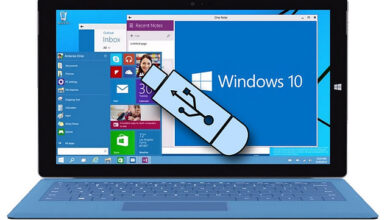Need for Back-Finish Web Design
While developing a new website, developers have to pay attention to both frontend and backend development. The frontend of the application refers back to the code that’s visible towards the readers. Normally, frontend code creates interfaces by which the applying interacts using the users. However, the backend code interacts using the server, and delivers content or data to become displayed towards the users. Therefore the backend code handles the applying along with the server and database. The mixture of application, server and database helps make the backend coding both complex and important.
Why Developers Must Be more conscious of Backend Web Design?
Facilitates Information Exchange
As noted earlier, backend includes three important elements of the website, i.e., application, server and database. While being able to access the consumer interface of the website, each user is needed to supply his login id and password. The login id and password supplied by the consumer is validated through the backend. Likewise, any information posted through the user is kept in the databases with the backend code. Also, the backend retrieves information in the database, and transmits the data towards the interface for displaying towards the user. Hence, the backend of the website functions since it’s structure and facilitate information exchange.
Runs in a variety of Environments
Nowadays, companies deploy websites and web applications in many environments. For example, some enterprises prefer running websites on web servers, while some deploy web applications within the cloud. Simultaneously, many companies even combine both hosting choices to avail benefits like enhanced performance and scalability. The net server setup differs from one network to a different. Also, the programmers frequently distribute server-side workload over multiple machines. The different hosting environments allow it to be required for developers to personalize the backend of web sites.
Provides the Application Logic
Most programmers nowadays keep your interface and application logic of the website separate to simplify its development and maintenance. Additionally to such as the domain and infrastructure aspects of a credit card applicatoin, the applying logic also performs the routine information systems needed by each business. The backend of the website contains its application logic. Hence, the developers must concentrate on backend web design to change in one frontend to a different seamlessly, making multiple user interfaces connect to the same application logic.
Adds Utility to every Frontend Functionality
While creating a website, programmers are needed to create backend code to include utility to every frontend functionality. For example, they need to write code utilizing a server-side programming language to include functionality to some user login form. Every time a user enters his login credentials, the backend code will collect the, and do a comparison using the login data kept in databases. Likewise, backend code also adds functionality to numerous forms, profiles and accounts. Hence, no website could work without quality backend code.
Impacts the Website’s Consumer Experience
The usability and consumer experience of the website impacts its recognition within the longer run. As noted earlier, all tasks needed to create a website function are carried out in the backend. Therefore the consumer experience delivered with a website is going to be influenced by the caliber of backend code. Any issues within the backend code can lead to frequent website crashes, running the web site gradually, and other alike performance issues. Simultaneously, minor defects within the backend code could make the web site susceptible to targeted adware and spyware and security attacks. It’s important for that developers to pay attention to the standard and structure from the backend code to help make the website deliver more potent consumer experience with no interruptions.



